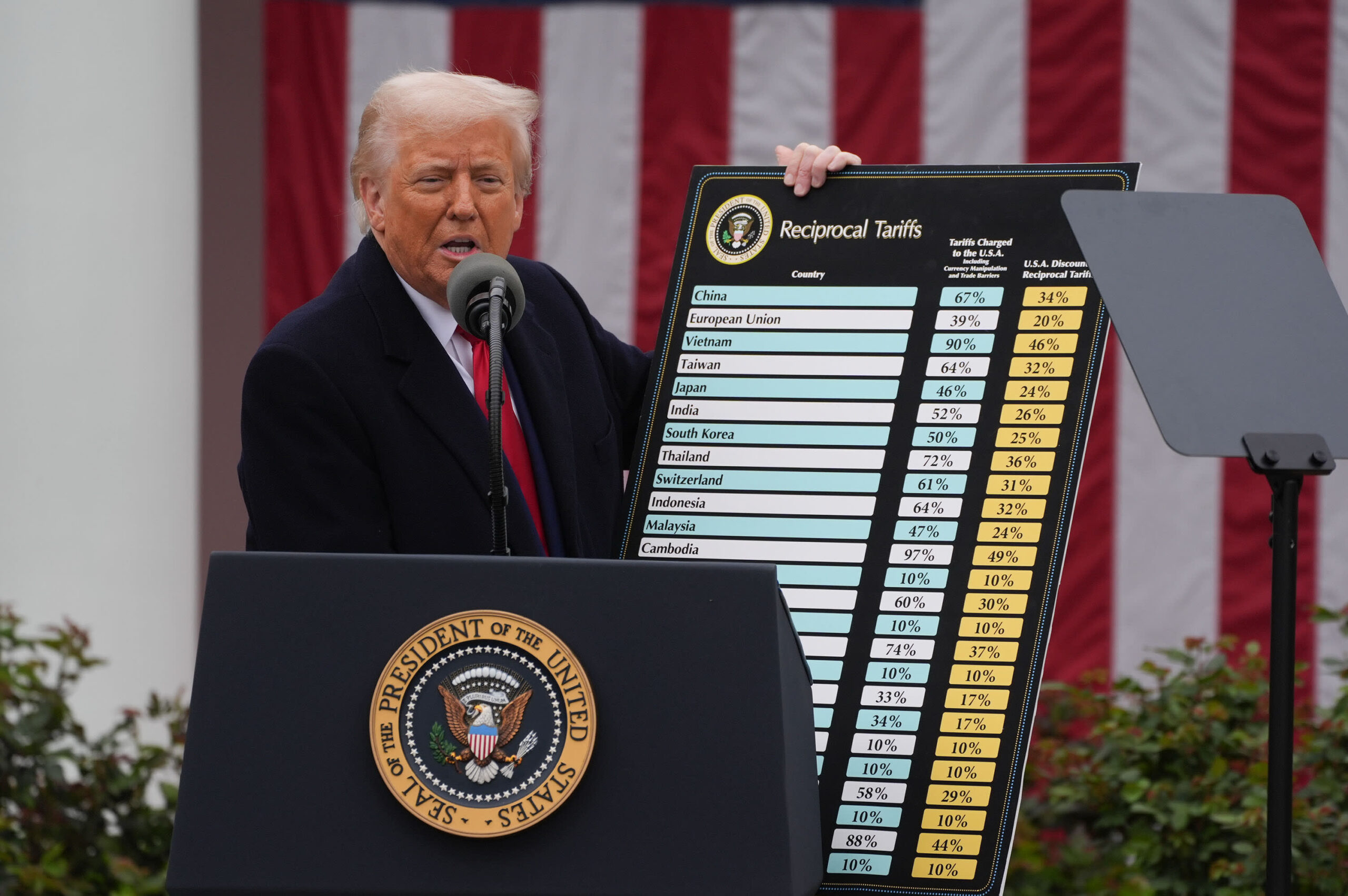HO CHI MINH CITY: Dong Thap Muoi is a wetland in the Mekong Delta that covers an area of about 690,000ha. Nearly 50 years after the country was completely unified, thanks to policies from central and local authorities, the land has become a wealthy area.
During the resistance war, Dong Thap Muoi was a swampy, deserted land with vast patches of melaleuca forests in an area of interlaced canals.
Long An Province occupies more than half of the zone.
In 1985, around 73% of the province’s land was alum soil, or soil containing an aluminium compound, with most of the alum concentrated in the Dong Thap Muoi area.
Every year, floodwaters inundate the region for many weeks, sometimes lasting up to three or four months.
Before liberation, Dong Thap Muoi was a deserted area, making it difficult to develop for production and cultivation.
Born and raised in the Dong Thap Muoi area, Lam Van Ra lives in Hung Trung village in the Hung Thanh commune, Tan Hung district. He has witnessed the incredible changes in this land.
Ra said, “In the past, there was both alum and floods, so each year we could only grow one rice crop, with a yield of about two tonnes per ha.”
But since 1975, special attention has been paid to dredging and digging canals.
The Mang Da-Cai Mon canal is concrete evidence of the local people’s extraordinary strength.
Ra said that he was over 20 years old when the canal was dug. Following encouragement from local authorities, he and other youths participated in digging the canal to bring fresh water to the fields.
Director of the Long An department of agriculture and rural development Nguyen Thanh Truyen said that aside from the Hong Ngu canal, the Mang Da-Cai Mon canal also played an important role in washing alum for Dong Thap Muoi.
With central investment, in around 1985 the Hong Ngu canal connecting the Tien River in Dong Thap province with the Vam Co Tay River in Vinh Hung district was gradually completed.
With a length of more than 40km, this is the largest canal in the region. Each year it brings in a large volume of fresh water from the Tien River to Long An province, repelling salt water and creating favourable conditions for crops.
Along with irrigation, authorities are also focusing on transportation.
Long An province is building new roads to serve economic growth. The most prominent is National Highway 62, which is considered the pride of the province. It is the result of persistent and resilient labour from tens of thousands of local people.
Former deputy-director of the Long An department of agriculture and rural development Tran Thi Kim Dinh said that National Highway 62 not only played an important role in streamlining traffic flows, but also promoted Dong Thap Muoi’s economy.
From a desolate land, Dong Thap Muoi has become a vast rice field. Rice productivity has recently increased from five tonnes per ha per year to about 14 tonnes per ha per year.
Since 2015, Long An has implemented a high-tech agricultural development programme to restructure the agricultural sector. The goal is that by 2025, the province will grow 60,000ha of rice using modern technology, concentrated in Dong Thap Muoi.Through training and support policies from the state, local farmers are gradually applying mechanisation to their production, reducing inorganic fertilisers and raising investment to improve productivity and profits.
As of this April, the province has over 56,000ha of rice grown using modern technology, achieving 93.6% of targets.
After two years of high-tech rice production, Tan Thanh district resident Nguyen Van Tam said that farmers no longer did back-breaking work.
The new process not only helped reduce investment costs but also increased productivity.
“Thanks to technical guidance, for the last rice crop my family achieved a yield of 8.5 tonnes per ha. Profit increased by about five million dong per ha compared to before. Now, when we plough fields, sow seeds, fertilise and harvest, we all have machines, which are faster and cheaper,” said Tam.
With their role of connecting farmers and businesses, cooperatives have little by little gained the people’s trust.
The Go Gon cooperative in Hung Thanh commune is a typical example.
As an intermediary, the cooperative connects businesses and provides agricultural services and materials at preferential prices for its members.
At the same time, it creates quality products with a high output, attracting the attention of purchasing units.
Truong Huu Tri, director of the cooperative, said that it was building an organic rice production model, aiming to jointly implement a project of one million ha of high quality rice.
As the gateway to the Mekong Delta, Long An province aims to train a high-quality workforce to meet the demands of industrialisation and modernisation.
Every year, the provincial education sector sets the key task of improving and standardising the quality of teachers and educational managers at all levels.
It researches and develops policies to attract and support teachers, creating conditions for them to feel secure in their work.
The sector also focuses on implementing projects and plans approved by the provincial people’s committee, such as a programme to fund school facilities and serve education innovation, a programme to support preschool education, a project to build houses for teachers and a plan to improve training standards for preschool, primary and junior secondary teachers.
The Thien Ho Duong High School is a good example. School principal Bui Xuan Loc said that the school encouraged information technology applications in teaching.
“The school’s teaching and learning results are demonstrated by the fact that in the 2022 to 2023 school year, all of our students graduated from high school, and 80% of them passed the entrance exam for universities and colleges,” he said.
The school aims to become a high quality training facility in the region.
Along with investing in high-quality education, healthcare is also of special interest to the locality.
The 500-bed Dong Thap Muoi Regional General Hospital has been built on a five-ha campus, with a total investment of more than 561 billion dong. The hospital was equipped with many machines and facilities costing nearly 54 billion dong.
After two years, the number of inpatients at the hospital increased by 20% to 30%.
The hospital currently has 201 medical workers, 29 of whom have postgraduate training and 109 of whom have university degrees. — Viet Nam Newa/ANN

